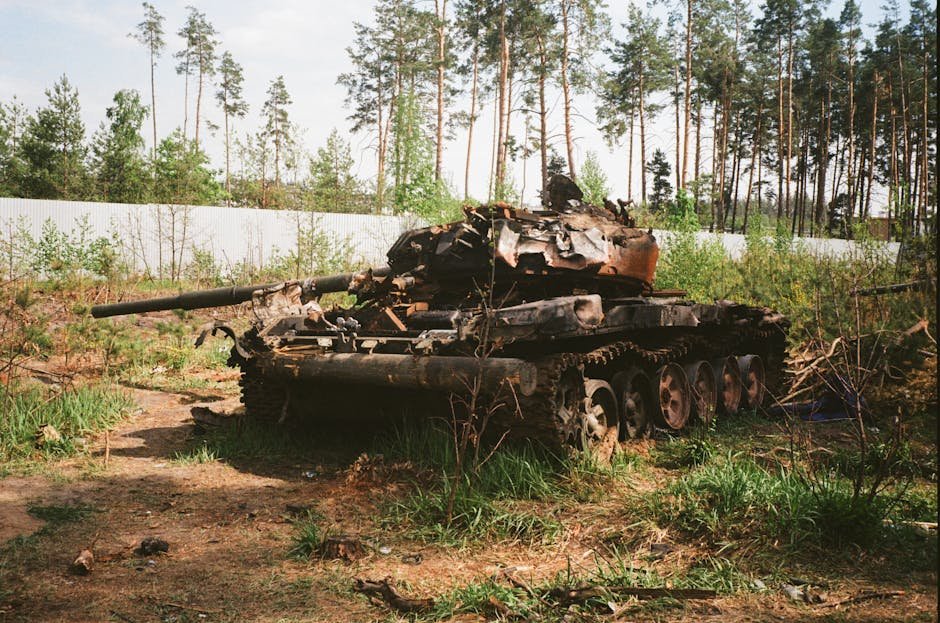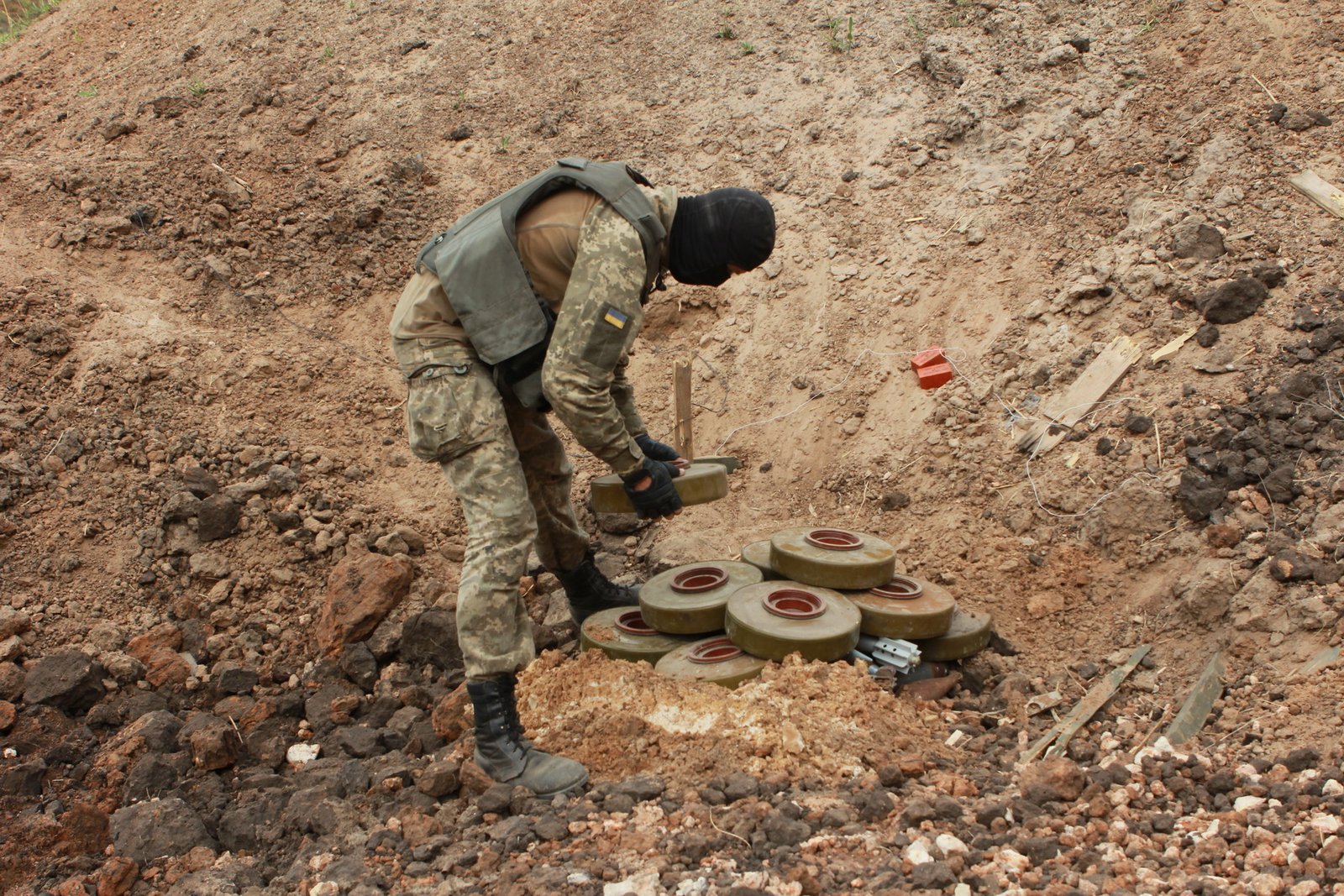The landscapes of Ukraine, once lush and vibrant, have been scarred by the ravages of conflict. Amidst the turmoil, international aid has emerged as a beacon of hope for the country’s battered ecosystems. These efforts are not merely acts of charity but are vital steps toward restoring the natural balance that has been disrupted. The collaboration of nations in providing support exemplifies a global commitment to healing both the land and its people. This article explores the multifaceted role of international aid in breathing life back into Ukraine’s war-torn environments.
Understanding the Impact of War on Ecosystems

War leaves a devastating mark on the environment, and Ukraine is no exception. The conflict has led to deforestation, soil degradation, and water contamination, among other issues. Explosions and military operations have disrupted the natural habitats of countless species, causing a ripple effect through the food chain. The damage to the land is not just a physical scar but a blow to the ecological balance that sustains life. Understanding the full scope of the environmental impact is the first step in devising effective rehabilitation strategies. It’s akin to diagnosing an ailment before prescribing a treatment.
The Importance of Biodiversity Restoration
Biodiversity is the lifeblood of any ecosystem, and its restoration is crucial for the recovery of war-affected areas. International aid has focused on reintroducing native species and protecting endangered ones to revive the delicate balance of life. Programs aimed at planting trees and restoring wetlands are pivotal in this endeavor. These efforts help in stabilizing the soil, filtering water, and providing habitats for various species. It’s like repairing the intricate web of life, one strand at a time, to ensure the ecosystem’s resilience.
Rehabilitating Soil Health
The health of the soil is fundamental to ecosystem recovery, and international aid has played a significant role in addressing this issue. War has left many areas with compacted and contaminated soils, rendering them infertile. Aid organizations have introduced sustainable farming practices and soil remediation techniques to restore fertility. These efforts are akin to nurturing the very foundation upon which life flourishes. By improving soil health, the groundwork is laid for the return of vegetation and the stabilization of the environment.
Water Management and Purification Efforts

Water is the essence of life, and its contamination during conflict poses a significant threat to ecosystems. International aid has been instrumental in implementing water purification projects and improving infrastructure. These initiatives ensure that clean water is available for both human and ecological needs. The efforts to purify and manage water resources are vital in preventing the spread of pollutants and supporting the regrowth of aquatic habitats. It’s a crucial step in ensuring that life can thrive once more in these areas.
Community Involvement in Ecosystem Rehabilitation

The success of ecosystem rehabilitation hinges on the involvement of local communities. International aid programs have recognized the importance of empowering local populations to take part in restoration efforts. By providing education and resources, these programs foster a sense of ownership and responsibility among the people. Community involvement ensures that the changes are sustainable and that the benefits of rehabilitation are felt for generations to come. It’s about planting seeds of knowledge and cooperation that will grow into a robust and healthy environment.
Innovative Technologies in Restoration Efforts

Technology has become an invaluable ally in the restoration of Ukraine’s ecosystems. International aid has facilitated the introduction of innovative tools and techniques to monitor and rehabilitate the environment. From drones mapping damaged areas to sensors tracking soil health, technology provides critical insights and enhances efficiency. These advancements allow for targeted interventions, ensuring that resources are used effectively. It’s like having a compass guiding the way through the complex landscape of environmental recovery.
Cross-Border Collaboration and Its Benefits

Environmental issues know no borders, and the rehabilitation of Ukraine’s ecosystems has benefited from cross-border collaboration. International aid has fostered partnerships between nations, pooling resources and expertise. These collaborations have led to the sharing of best practices and the development of comprehensive strategies. Working together, countries can address the environmental challenges more effectively and efficiently. It’s a testament to the power of unity in the face of adversity, where collective efforts yield greater results.
Challenges Faced by International Aid Efforts

While international aid has made significant strides in rehabilitating Ukraine’s ecosystems, challenges remain. Political instability, logistical hurdles, and limited funding can hinder progress. Additionally, the complexity of environmental restoration requires long-term commitment and adaptability. Aid organizations must navigate these challenges with resilience and innovation. It’s a reminder that the path to healing is not always straightforward, but perseverance can lead to meaningful change.
Success Stories and Positive Outcomes

Despite the challenges, there have been numerous success stories in the rehabilitation of Ukraine’s ecosystems. International aid has facilitated the revival of forests, the return of wildlife, and the restoration of water bodies. These positive outcomes serve as beacons of hope and motivation for continued efforts. They demonstrate that with dedication and collaboration, it is possible to heal even the most damaged environments. These stories are like rays of sunlight breaking through the clouds, illuminating the potential for recovery.
The Future of Ecosystem Rehabilitation in Ukraine

Looking to the future, the role of international aid in rehabilitating Ukraine’s ecosystems remains crucial. Continued support and innovation will be necessary to address ongoing and emerging environmental challenges. The lessons learned from current efforts will inform future strategies, ensuring that rehabilitation is both effective and sustainable. The journey towards a restored and thriving environment is a long one, but with global cooperation, it is within reach. The future holds the promise of renewal, a testament to the resilience of nature and the power of collective action.




